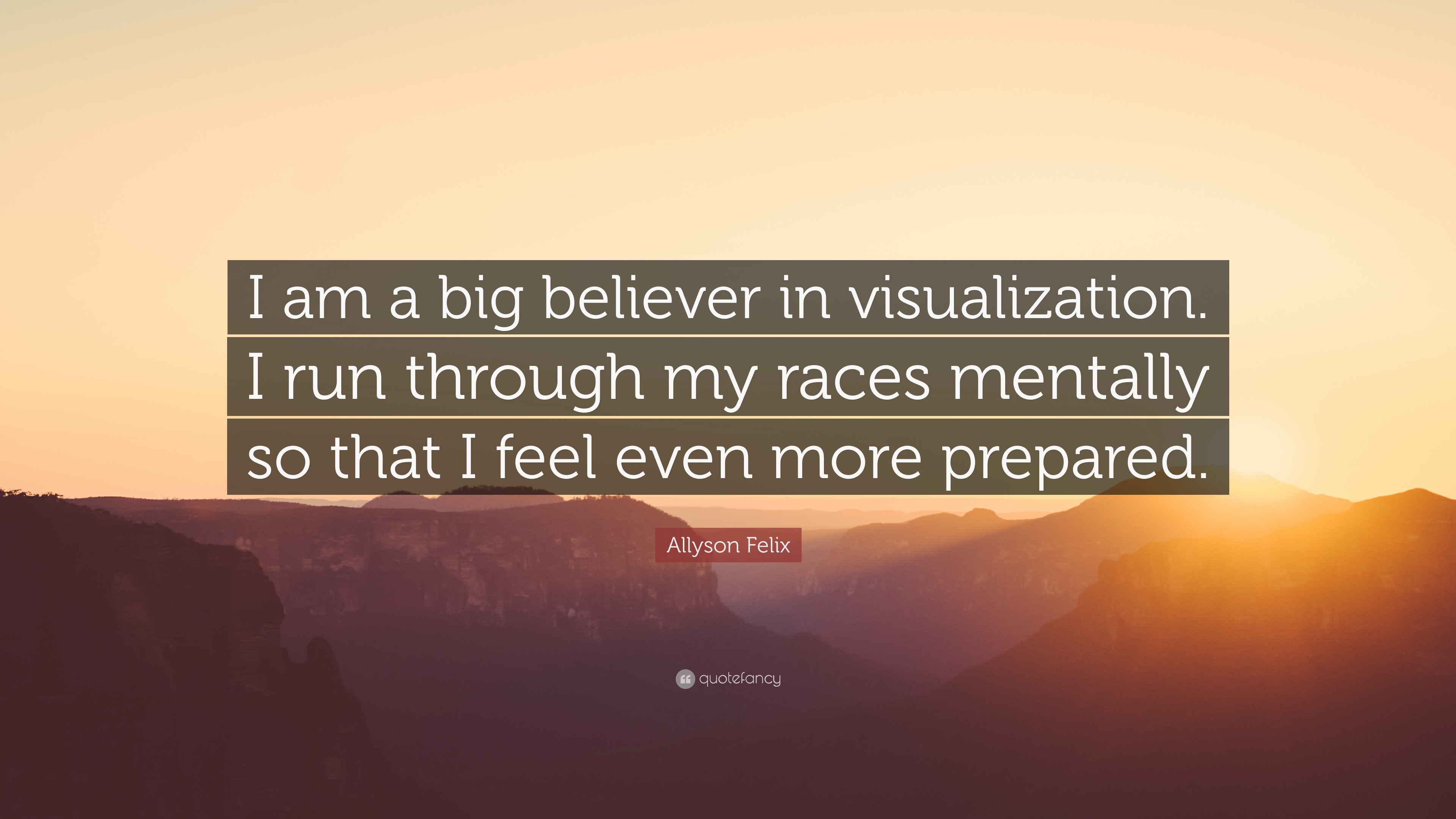

Instead of simply approaching the road and visually remembering, ah, this is where I turn right.

Example: pass two stop signs, then turn right.
#INABILITY TO VISUALIZE THINGS SERIES#
I don't remember what the road looked like or possess any spatial feel or awareness of what my surroundings were, but I remember a series of facts. I suspect that it's the reason I'm able to mentally handle large amounts of data at a time - because in my head it very rarely comes with any cumbersome (visual or otherwise) attachments.Ī more practical example of this is the way I remember driving directions. But maybe that's just because it's all I've ever known.

As the geometric topologist pointed out, the way things (whether that be actual points in space or concepts) are related to each other, factually, is usually the meat of what you're looking for, and having a mental process that cuts right to that without any middle-man step in between "feels" more efficient. Visual representation, to me, is a huge distraction, especially in mathematics. I actually sense that this is a strength for me. My thinking is almost completely semantic - dialogue, facts, data, concepts, etc. My thought process almost never defaults to mental imagery, although I can make wispy, vague mental images with much effort which are gone almost the second they arrive. I am not an aphantasiac, but when I learned about aphantasia I immediately related. I graduated university with a BS in math and am starting grad school this fall. I don't have a way to visualize abstract objects.ĭisclaimer: I don't have aphantasia, so this may be irrelevant to your question. In some ways, I think it may be easier for me to be a geometer than, say, a category theorist, because I've already found ways to think about actual objects and their relationships. I'd say the biggest problem I've run into is when something is sufficiently complicated and I need a sequence of steps to simplify it. I know I don't have a picture in my head, but I sort of know the schematics, how things relate to each other. The idea is to guess what the shape being described is. This, while "visual," made perfect sense to me.Īnother example is the game Skribble, in which one person decribes a drawing of a shape (say, a train) using simple geometric shapes (rectangles, circles, etc). As an example, in the opening of Thurstons book on 3- manifolds, he talks about what one would see when sitting in a 3-torus and looking around. I find that it doesn't present much of a problem for me, pretty much because I can still keep track of relationships between, say, points - I just don't have a mental image. I was reading an article that described aphantasia, and instantly recognized myself in the description.Īs Kevin mentioned, I do geometric topology. I should give a little disclaimer, which is that I am self-diagnosed based on the VVIT questionnaire. I'm the grad student mentioned above by Kevin Costo.


 0 kommentar(er)
0 kommentar(er)
